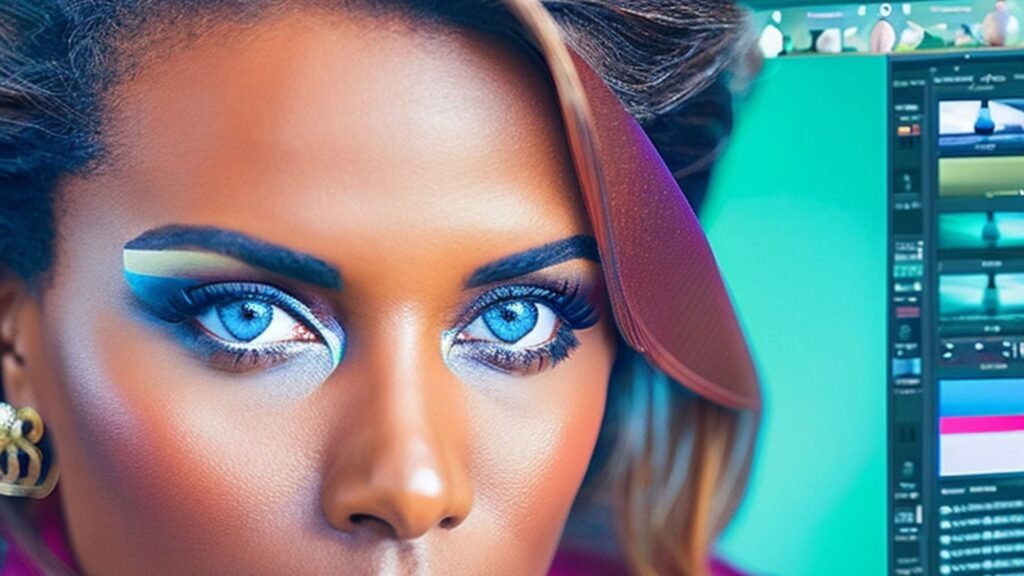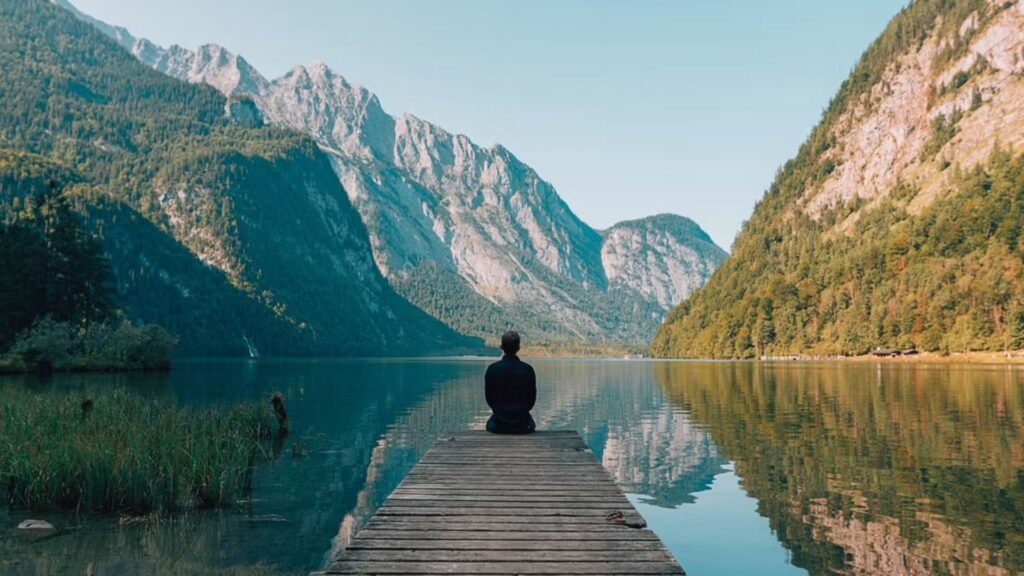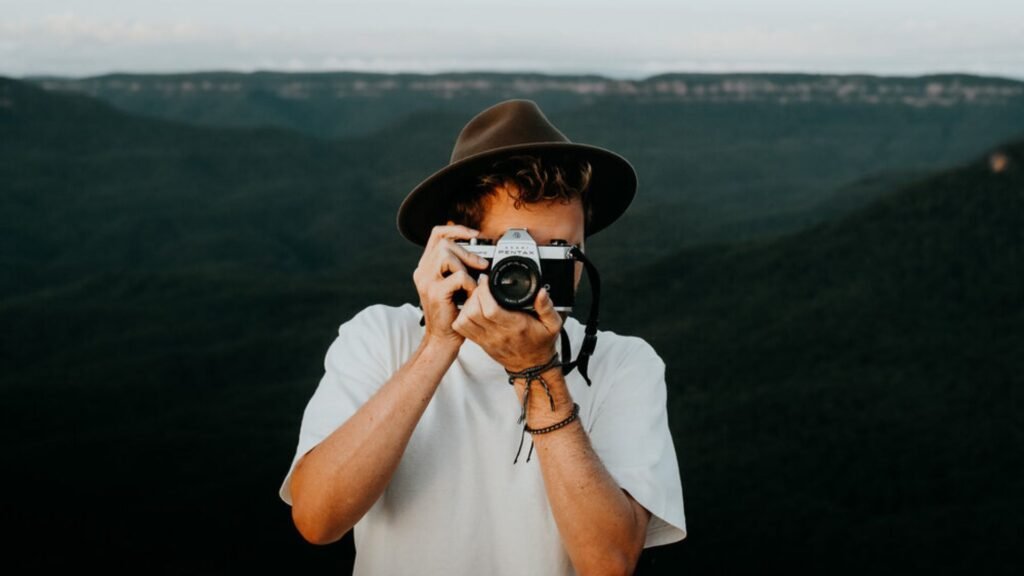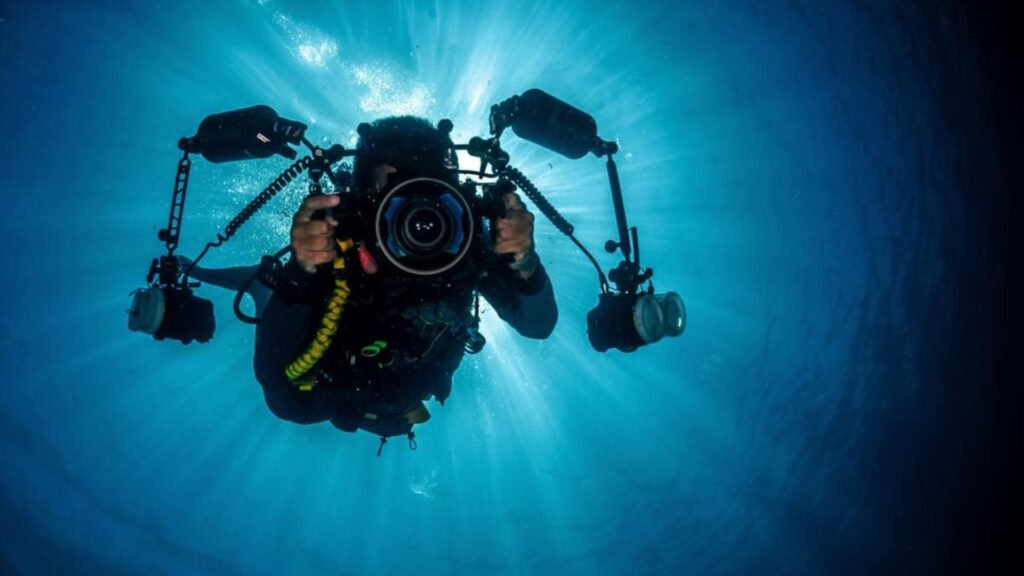Jul 3, 2024
Best Free Photography Editing Apps for Mobile
In today’s digital age, your smartphone can be a powerful tool for photography, offering convenience and versatility. With the right editing app, you can transform your mobile snapshots into stunning images worthy of sharing. Here’s a roundup of some of the best free photography editing apps available for mobile devices:

Introduction to Mobile Photography Editing Apps
Mobile photography has revolutionized how we capture and edit photos on the go. Whether you’re an amateur photographer looking to enhance your Instagram feed or a professional capturing moments on your smartphone, these free editing apps provide essential tools and features to elevate your images.
Snapseed
Snapseed is a versatile photo editing app developed by Google. It offers a wide range of tools, including basic adjustments like brightness and contrast, as well as advanced features such as selective editing and curves. Snapseed’s user-friendly interface makes it easy to apply filters, crop images, and enhance details with precision.
Adobe Lightroom Mobile
Adobe Lightroom Mobile is a powerhouse for mobile photo editing, offering professional-grade tools in a streamlined interface. It syncs seamlessly with Adobe Creative Cloud, allowing you to edit photos across devices. Lightroom Mobile features presets, selective editing brushes, and advanced color and tone adjustments to enhance your photos effortlessly.
VSCO
VSCO (Visual Supply Company) is known for its minimalist interface and artistic presets. It offers a variety of filters inspired by film photography, allowing you to create unique visual styles. VSCO also provides editing tools for adjusting exposure, temperature, and grain, making it a favorite among creative photographers looking to achieve a cohesive aesthetic.
Adobe Photoshop Express
Adobe Photoshop Express brings the power of Photoshop to your mobile device with essential editing tools. It includes features like cropping, resizing, and automatic fixes for quick edits. Photoshop Express also offers filters, overlays, and blemish removal tools to perfect your photos directly on your smartphone.
Canva
Canva is not just for graphic design; it also offers robust photo editing capabilities on mobile. With Canva, you can resize images, add text overlays, apply filters, and create collages with ease. It’s ideal for social media enthusiasts and business owners looking to create eye-catching visuals on the go.
Pixlr
Pixlr is a user-friendly photo editing app with a variety of effects, overlays, and filters. It features tools for adjusting colors, sharpening details, and adding creative elements to your photos. Pixlr’s intuitive interface and extensive editing options make it suitable for both casual users and photography enthusiasts.
PhotoDirector
PhotoDirector by CyberLink is another powerful editing app that offers a range of tools for enhancing your photos. It includes features like object removal, HDR effects, and blending modes. PhotoDirector’s user-friendly interface and comprehensive editing tools make it a great choice for editing professional-quality photos on your mobile device.
Google Photos
Google Photos isn’t just a storage app; it also offers basic editing tools for enhancing your photos. It allows you to adjust lighting, color, and apply filters directly within the app. Google Photos automatically backs up your edited photos to the cloud, making it convenient for accessing and sharing them across devices.
Conclusion
Choosing the best free photography editing app for your mobile device depends on your editing needs and preferences. Whether you prefer simple adjustments or advanced editing features, these apps provide the tools to enhance your photos and unleash your creativity. Experiment with different apps to find the one that suits your style and helps you create compelling images that stand out.
With these top free photography editing apps, you can transform ordinary snapshots into extraordinary visual stories, all from the convenience of your mobile device. Start editing and see the difference in your photography today!
More Details








